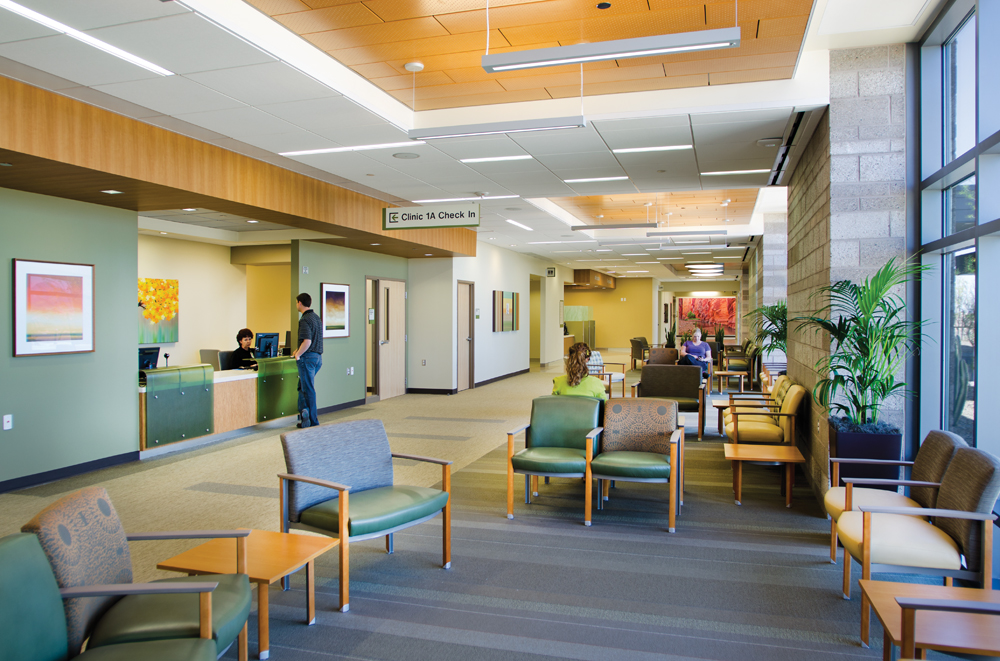Through the first half of 2022, the medical office building (MOB) space had been busy, creating near-record breaking deal volume. As one of the most active markets, many people, us included, have considered it to be impervious to recession or economic stress. But, as 2022 continues onward, industry experts are starting to see a decline in deal activity. Economic pressures such as higher labor costs and the looming (or already upon us) recession, there is much to cause concern as operators doubt tenant’s rent paying abilities.
From January 1 through October 28, 2022, there have been 180 MOB deals, which is a 62% increase from the same time frame of 2021 when 111 deals were recorded. The combined disclosed prices in 2022 total more than $21.89 billion, across 91 transactions. Compared to 2021, which totaled nearly $4.5 billion over 50 deals, this year’s numbers are high. Announced square footage totals 15,244,001, which is an insignificant increase from 2021 that saw 11,062,254 in square feet. Yet, while the overall yearly statistics remain on an upward trend, the fourth quarter of 2022 saw a drastic shift in activity with only 18 deals announced.
Investment firms and real estate investment firms represent more than 56% of the MOB deals this year, with 102 transactions. Real Estate Investment Trusts (REITs) announced 39 deals. Private equity companies and/or their portfolio companies made 10 transactions and health systems have made five. The low numbers for health systems’ activity may be attributed to other acquirers having a higher cash flow and ability to outbid health systems.
The company with the most acquisitions in 2022 is Montecito Medical Real Estate with 34 transactions. Montecito has added 1,114,268 square feet across 49 facilities to its network. There are two deals with disclosed prices, totaling $17.75 million. As Montecito has long reigned as the most active acquirer in the MOB space, we analyze its activity frequently so, for a welcomed change of pace, we want to dive deeper into some other companies that are leaving their mark in the market.
National Real Estate Advisors, LLC and Catalyst Healthcare Real Estate made a splash this year with their acquisition of two MOB portfolios that consist of 40 MOBs. National Real Estate Advisors is an investment manager that specializes in building and developing large-scale urban commercial and multifamily projects. It is an independently operated subsidiary of the National Electrical Benefit Fund, a substantial pension trust with a significant amount of assets that are managed by National on a discretionary basis. Catalyst Healthcare Real Estate, based in Pensacola, Florida is a real estate investment firm that concentrates on healthcare to provide comprehensive solutions for integrated health systems, physician groups, academic medical systems and hospitals.
The portfolios were bought for $420 million, or $350 per square foot and span Alaska, Arkansas, Connecticut, Florida, Georgia, Illinois, Indiana, Louisiana, Massachusetts, North Carolina, Tennessee, Texas and Virginia. In total, the facilities comprise more than 1.2 million square feet, which also represents the largest deal in terms of square footage of the entire year. This transaction marks one of two transactions done by the joint venture in 2022 and is just one example of both company’s desire to expand into new regions to stabilize and diversify their portfolios. Especially in a time when the market holds an uncertain future, investing in markets that offer longevity and stable relationships is advantageous for both companies.
Another company with a noteworthy performance this year is Anchor Health Properties. Anchor is based in Charlottesville, Virginia and is a healthcare real estate development, management and investment company focused on healthcare facilities. It has more than $1.5 billion of completed development projects, 9 million square feet under management and nearly $3 billion invested in healthcare facilities. While Anchor does not have the large disclosed prices like National Real Estate or Catalyst, Anchor has still performed well. In 2022, Anchor has completed 12 transactions that bring in 633,917 square feet to its portfolio, adding to its foothold in California, Massachusetts, Georgia, Florida, Tennessee and North Carolina. The disclosed prices total $22.45 million across two deals.
Anchor’s activity represents just under 7% of total MOB M&A activity in 2022. What’s also interesting to note is that half of Anchor’s activity occurred in the first part of the year, and activity even carried on at a steady pace well into October. The steady pace of deals in October stands out as Anchor does not seem to be putting on the brakes or deterred by high rates of inflation. We’re cautiously hopeful that this means other real estate investment firms will follow suit and keep engaging in M&A activity.
In direct opposition to Anchor’s continued pace, JLL Income Property Trust has shown signs of wariness when it comes to deal making and has slowed activity substantially. A large player in the MOB space, JLL Income Property Trust (NASDAQ: ZIPTAX), is a REIT that owns and manages a diversified portfolio of residential, industrial, office and retail properties throughout the United States. JLL Trust has more than $5.9 billion in portfolio assets. It owns more than 135 properties that average 96% occupancy.
In 2022, the company made seven transactions, all of them happening in the first half of the year. The transactions add 315,869 square feet to JLL’s portfolio across Arizona, Texas, Florida, Nevada, Kansas and North Carolina. Representing not even one percent of all MOB 2022 spending, JLL’s disclosed prices totals $168.6 million, or $544 per square foot.
While we are trying to remain hopeful that companies like Anchor are indicative of what the market may look like for the remainder of the year and for the first few months of 2023, we’re also aware that many will act more like JLL and be conservative in what they acquire. Even though tenants in MOBs are more likely to pay rent and maintain longevity in specific locations, operators still don’t have the crystal ball we all desire so can’t be positive that margins will remain high and cash flow steady. Due to this, we anticipate that private equity will continue to be more active than health systems and we may even see an increase in PE activity as they continue to offer lucrative solutions. In uncertain times, we can’t blame companies for any hesitancy and a slow down of acquisition pace to focus on already established portfolios. We just hope this slow down doesn’t last forever.


